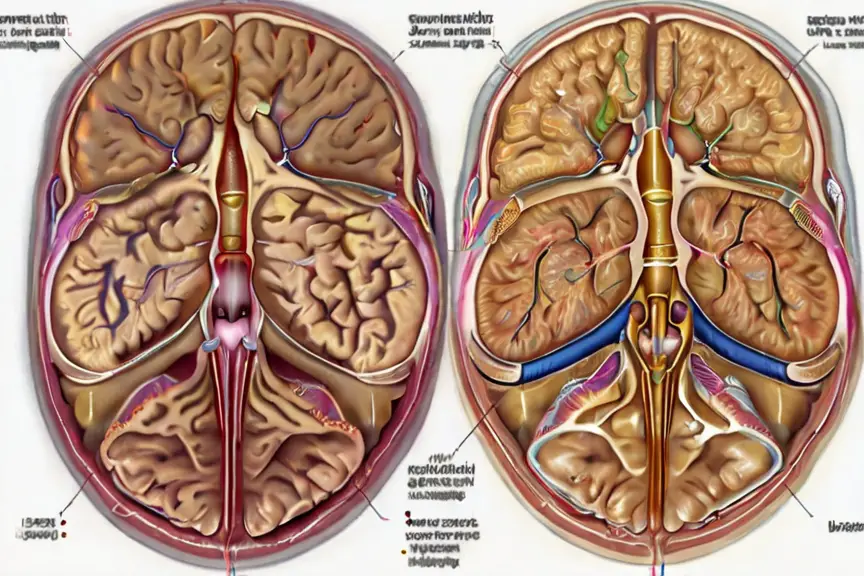
Vasogenic cerebral edema is a condition characterized by the accumulation of excess fluid in the brain, leading to increased pressure within the skull.
This condition can have severe consequences for patients, affecting their cognitive function, mobility, and overall quality of life.
In this blog post, we will discuss the causes, consequences, potential long-term effects, and treatment options for vasogenic cerebral edema.
What is Vasogenic Cerebral Edema?
Vasogenic cerebral edema takes place when there’s a disruption in the blood-brain barrier (BBB), allowing fluid to seep into the brain tissue.
This occurrence can result from factors like inflammation, infection, or trauma.
When the BBB is compromised, fluid accumulates in the brain, causing elevated pressure within the skull and posing a potential threat to brain cells.
This condition may lead to various complications, emphasizing the importance of understanding and addressing the underlying causes of vasogenic cerebral edema for effective medical intervention.
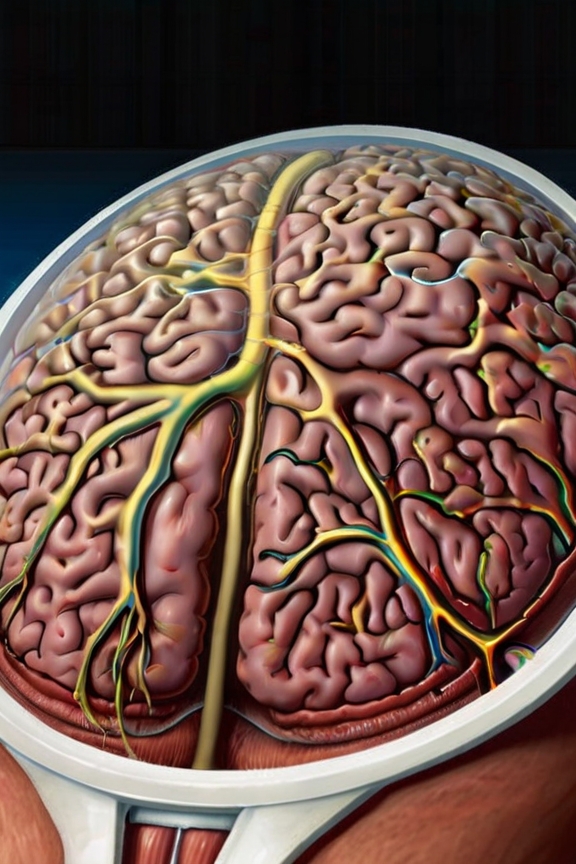
How Vasogenic Edema Develops?
The development of vasogenic edema involves various factors that compromise the integrity of the blood-brain barrier (BBB), leading to the leakage of fluid into the brain tissue, including:
Inflammation
Inflammatory processes within the body can trigger vasogenic edema.
Inflammation may be a response to injury, infection, or other underlying conditions.
When inflammation occurs, the blood-brain barrier becomes more permeable, allowing fluids to pass through and accumulate in the brain tissue.
This increased permeability is a key factor in the development of vasogenic edema.
Infection
Bacterial or viral infections can contribute to the development of vasogenic cerebral edema.
Infections may directly damage the blood-brain barrier, compromising its ability to regulate the flow of substances between the bloodstream and the brain.
As a result, fluid may leak into the brain tissue, leading to the characteristic swelling associated with vasogenic edema.
Trauma
Head injuries or other forms of trauma to the brain can disrupt the structural integrity of the blood-brain barrier.
The physical impact can compromise the barrier’s function, allowing fluid to seep into the brain tissue.
Trauma-induced vasogenic edema often occurs in response to events such as concussions, contusions, or other injuries that affect the delicate balance of the BBB.
Tumors and space-occupying lesions
Tumors or other space-occupying lesions within the brain can also contribute to the development of vasogenic edema.
As these abnormal growths exert pressure on surrounding tissues, they may disrupt the blood-brain barrier, leading to fluid accumulation in the brain.
This type of edema is often seen as a secondary effect of the presence of tumors.
Autoimmune disorders
Certain autoimmune disorders can provoke inflammation and affect the blood-brain barrier, contributing to vasogenic edema.
Conditions such as multiple sclerosis, where the immune system mistakenly attacks the central nervous system, may lead to increased permeability of the BBB and subsequent fluid buildup.
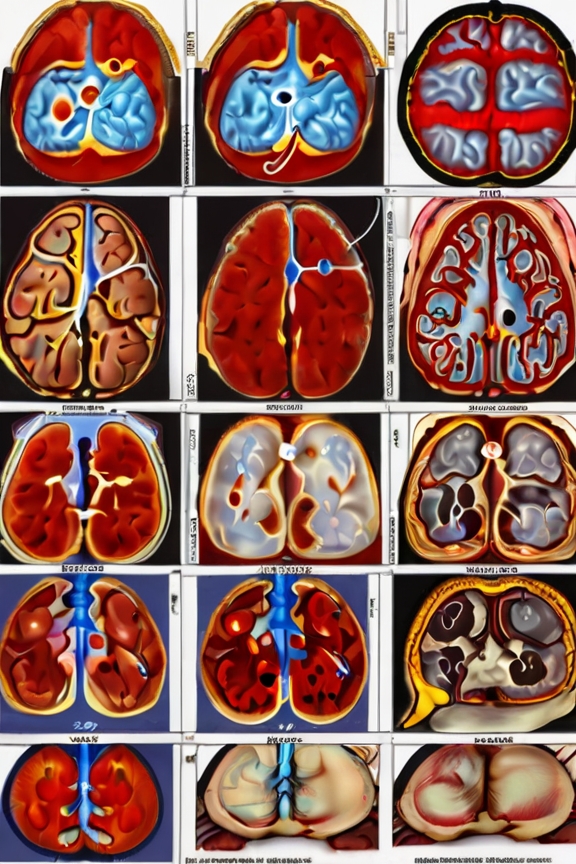
Consequences of Vasogenic Edema
Vasogenic cerebral edema, if left unaddressed, can result in serious consequences, impacting various aspects of neurological function and overall well-being.
Understanding these potential outcomes is crucial for a comprehensive approach to diagnosis and treatment.
Increased intracranial pressure
One of the primary consequences of vasogenic edema is the accumulation of excess fluid within the skull, leading to increased intracranial pressure.
This heightened pressure can compress delicate brain structures, potentially causing damage to brain cells.
The impact of increased ICP can manifest in symptoms such as headaches, nausea, vomiting, and, in severe cases, may lead to more critical neurological complications.
Cognitive impairment
Vasogenic cerebral edema has the potential to impair cognitive function.
Memory loss, difficulties with concentration, and other cognitive deficits may arise as a result of the swelling and compression of brain tissues.
These cognitive impairments can significantly impact daily activities, making tasks that require mental focus and memory challenging for individuals affected by vasogenic edema.
Mobility issues
The consequences of vasogenic edema can extend to mobility issues.
Patients may experience difficulty with walking, balance, and coordination.
These challenges stem from the impact of edema on specific brain regions responsible for motor control.
Mobility issues can significantly affect an individual’s independence and quality of life, necessitating supportive interventions such as physical therapy to address and manage these deficits.
Visual disturbances
Edema within certain areas of the brain may affect visual processing, leading to disturbances such as blurred vision, double vision, or other visual deficits.
Visual disturbances can further complicate daily activities, impacting tasks that rely heavily on accurate vision, and may require specialized interventions, including ophthalmologic assessments.
Seizures
In some cases, vasogenic cerebral edema can increase the risk of seizures.
The disruption of normal neural activity due to fluid accumulation may trigger abnormal electrical impulses in the brain, leading to seizures.
Seizures can have profound effects on an individual’s safety and overall well-being, necessitating careful monitoring and appropriate management.
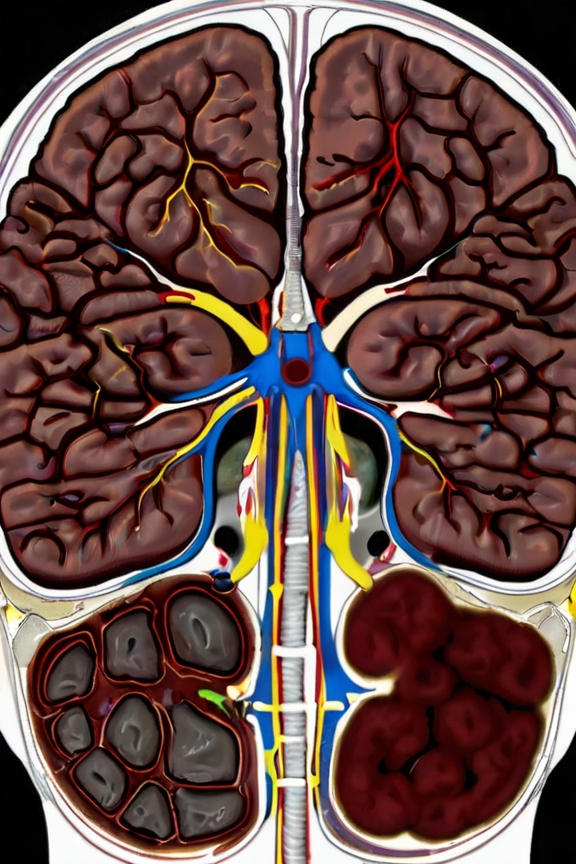
Potential Long-Term Effects of Vasogenic Edema
The potential long-term effects of vasogenic cerebral edema extend beyond the immediate consequences, significantly impacting various aspects of an individual’s life and well-being.
These may include:
- Chronic cognitive impairment: Patients may experience persistent memory loss, difficulty with concentration, and other cognitive deficits.
- Disability: Depending on the severity of the edema, patients may experience long-term mobility issues and difficulty with daily activities.
- Depression and anxiety: The long-term effects of vasogenic cerebral edema can lead to depression, anxiety, and other mental health issues.
- Quality of life challenges: Individuals with long-term effects of vasogenic edema may face ongoing challenges that affect their overall quality of life.
Treatment options for Vasogenic Edema
Treating vasogenic cerebral edema involves a multifaceted approach tailored to address the underlying causes and alleviate symptoms.
Here are some common treatment options:
Medications
Anti-inflammatory drugs or corticosteroids may be prescribed to reduce inflammation and decrease the permeability of the blood-brain barrier (BBB).
By targeting the inflammatory processes that contribute to BBB disruption, these medications help mitigate fluid leakage into the brain tissue.
Additionally, osmotic agents like mannitol or hypertonic saline may be administered to draw excess fluid out of the brain, reducing edema and alleviating symptoms.
Surgery
In cases where vasogenic edema is severe or caused by structural abnormalities, surgical intervention may be necessary.
Surgical procedures aimed at repairing the blood-brain barrier and addressing underlying issues contributing to edema may include craniotomy, decompressive surgery, or procedures to remove tumors or lesions compressing brain tissue.
Surgery is often considered when conservative treatments fail to adequately control symptoms or when there’s a clear structural cause of edema.
Supportive care
Supportive care measures play a crucial role in managing vasogenic cerebral edema and supporting overall patient well-being.
This may involve measures such as oxygen therapy to ensure adequate oxygenation of brain tissue, fluid management to prevent complications such as dehydration or cerebral hypoperfusion, and monitoring of vital signs to detect any changes in neurological status.
Medical monitoring
Regular medical monitoring is essential for individuals with vasogenic cerebral edema to assess treatment effectiveness, monitor for complications, and adjust treatment plans as needed.
This may involve imaging studies such as MRI or CT scans to evaluate the extent of edema and assess treatment response.
Lifestyle modifications
Lifestyle modifications may complement medical treatment in managing vasogenic cerebral edema and promoting overall brain health.
This may include adopting a healthy diet rich in fruits, vegetables, and omega-3 fatty acids, which are believed to have anti-inflammatory properties.
Regular exercise, adequate hydration, and stress management techniques may also contribute to reducing inflammation and supporting brain function.
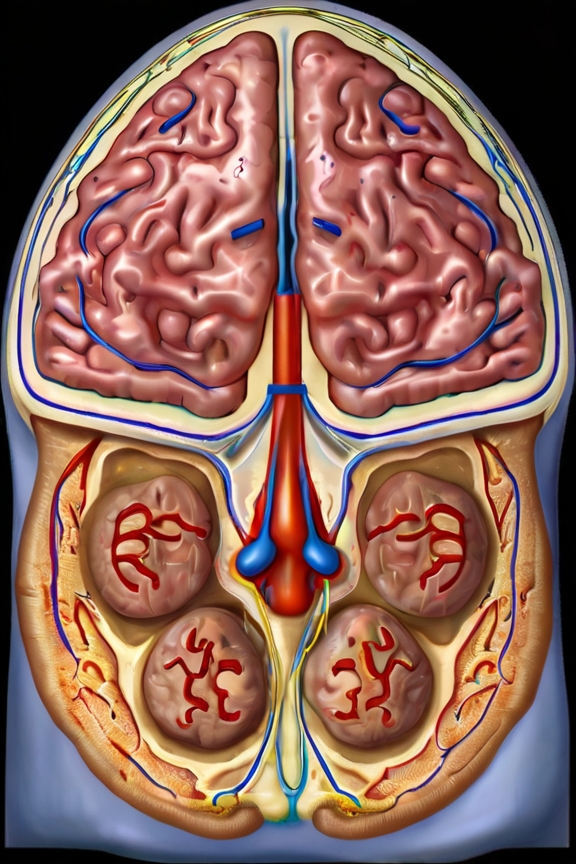
Conclusion
Vasogenic cerebral edema is a serious condition that can have significant consequences for patients.
Understanding the causes, consequences, potential long-term effects, and treatment options for vasogenic cerebral edema is crucial for providing optimal care and support for patients.



